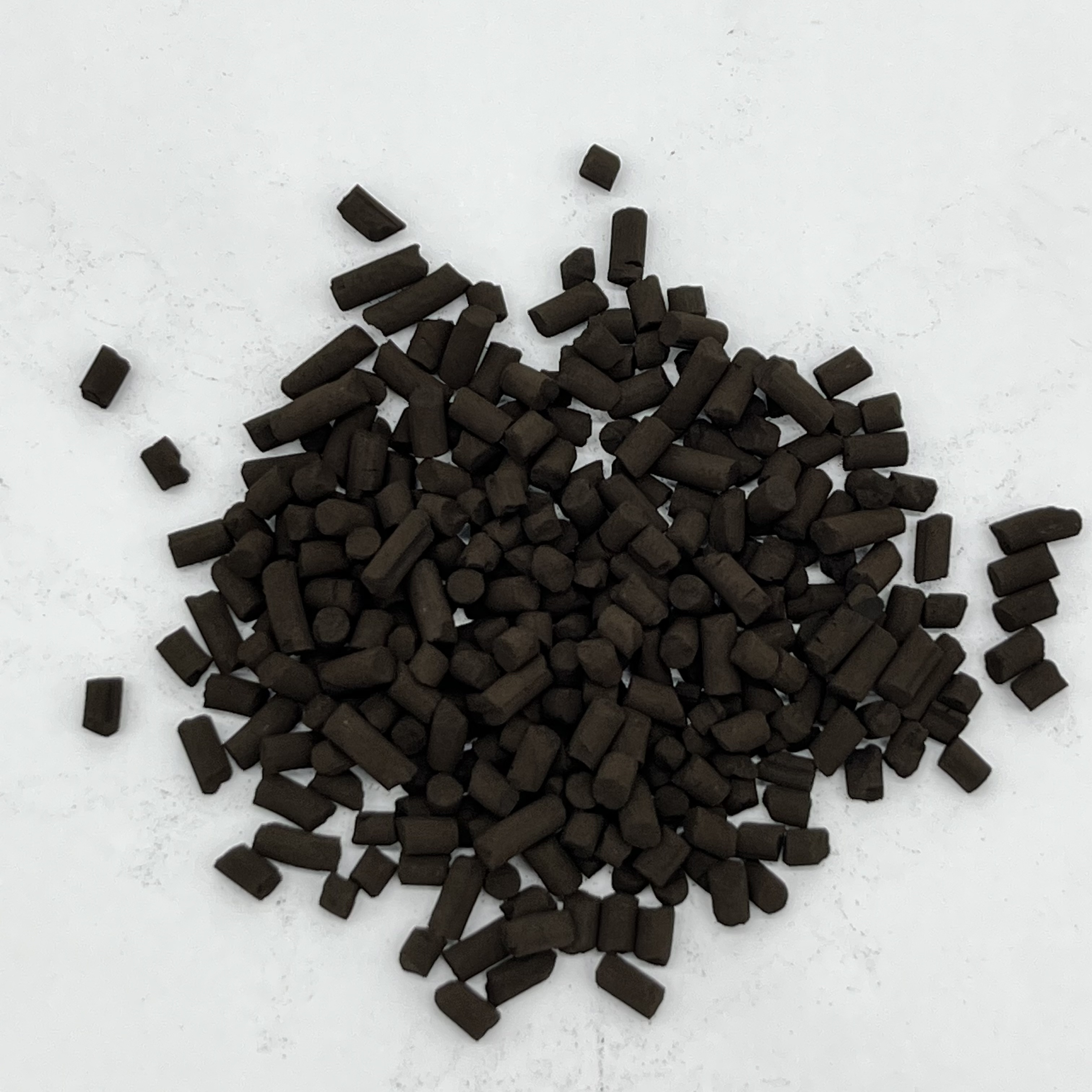The Application of Ozone Catalysts in Water Treatment
I. Working Principle
Ozone catalysts achieve efficient water treatment by catalyzing the decomposition of ozone to produce hydroxyl radicals (·OH). The core mechanisms include:
Catalytic oxidation: Catalysts (such as transition metal oxides like manganese, cobalt, and iron) accelerate the decomposition of ozone, generating highly oxidizing hydroxyl radicals (with an oxidation potential of 2.8V), which selectively degrade organic substances, heavy metals, and microorganisms in water.
Adsorption-catalysis synergy: Porous carriers (such as silica-alumina composite carriers and activated carbon) first adsorb pollutants, and then the active components oxidize them into CO₂ and H₂O, enhancing the reaction efficiency.
Improving ozone utilization rate: The efficiency of traditional ozone oxidation is low (only 10%-30%), while the catalyst can increase the utilization rate to over 60%, with the same dosage, the COD removal rate increases by 30%-50%.
II. Application Scenarios
Ozone catalysts are widely applicable in the treatment and deep purification of difficult-to-degrade wastewater. Specific applications include:
1.Industrial wastewater pretreatment
Chemical/pharmaceutical wastewater: Degradation of highly toxic organic substances such as nitrobenzene and phenols, for example, a chemical park reduced the nitrobenzene concentration from 200mg/L to below 0.5mg/L.
2.Printing/dyeing and leather wastewater: Dye removal rate up to 95%, COD reduction by 70%, iron-based catalysts have excellent effects on dye wastewater.
Coking/petrochemical wastewater: Removal of polycyclic aromatic hydrocarbons and cyanides, improvement of biodegradability (BOD/COD from 0.1 to above 0.35).
3..Municipal wastewater advanced treatment
As the "control unit" after biological treatment, it reduces the COD from 50mg/L to below 30mg/L, and the ammonia nitrogen from 8mg/L to 1mg/L, meeting the Class IV standards of surface water (such as for urban landscape water replenishment).
4.Specialized water treatment
Wastewater containing heavy metals (such as the reduction of Cr⁶⁺ to Cr³⁺), and treatment of landfill leachate, etc.

Related News




